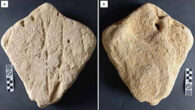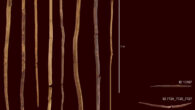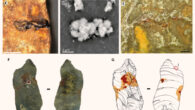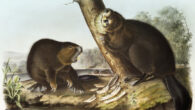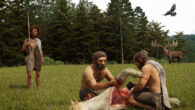Conventionally, climate is held responsible for the emergence and extinction of hominin species. In most vertebrates, however, interspecies competition is known to play an important role. New research shows for the first time that competition was fundamental to speciation — the rate at which new species emerge — across 5 million years of hominin evolution. It also suggests that the species formation pattern of our Homo lineage was unlike...



